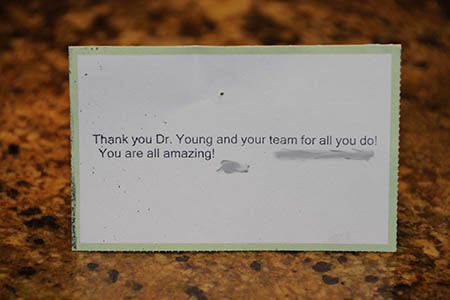Trying to decide between two of today’s most talked‑about skin‑renewal devices? You’re not alone. Morpheus8 and Fraxel both promise glow‑up level results, yet the way they get there—and the kind of results you’ll see—are surprisingly different. Let’s break them down in plain English so you can walk into your next consult sounding like a total skin‑care pro.
Morpheus8 Explained
Think of Morpheus8 as microneedling on caffeine. Ultra‑fine needles puncture the skin while radio‑frequency (RF) heat dives as deep as 4 mm to melt a bit of unwanted fat, trigger collagen, and tighten lax tissue all in one pass. Because the energy is delivered beneath the surface, it’s safe for virtually every skin tone and can treat the face, neck, and even crepey knees. Expect a day or two of redness and puffiness; most people feel camera‑ready in 48–72 hours.
Fraxel Explained
Fraxel is the brand name that put fractional lasers on the map. Its dual wavelengths (1550 nm for texture, 1927 nm for pigment) fire columns of light that vaporize old skin while leaving bridges of untouched tissue for faster healing. Translation: it softens lines, acne scars, and dark spots without the weeks of downtime older ablative lasers demanded. Still, plan for 3–7 days of redness, sand‑papery bronzing, and peeling before that fresh baby skin peeks through.
How Are These Treatments Different?
- Technology: Morpheus8 is mechanical + electrical (needles + RF heat), while Fraxel is purely optical (laser light).
- Depth: Morpheus8 targets the dermis and sub‑dermal fat; Fraxel stays more superficial, focusing on the epidermis and upper dermis.
- Pigment Safety: Because RF isn’t attracted to melanin, Morpheus8 is friendlier for deeper skin tones; Fraxel carries a greater risk of post‑inflammatory pigmentation in skin of color.
- Downtime: Morpheus8’s “social downtime” is usually a long weekend; Fraxel can sideline you for up to a week of peeling.
- Number of Sessions: Morpheus8 often shines in 1–3 sessions, whereas Fraxel is typically packaged in a series of 3–5 for best results.
Pros & Cons of Morpheus8
Pros
- Tightens and contours in a single step (great for jawlines).
- Safe for all Fitzpatrick skin types with minimal risk of discoloration.
- Quick recovery—makeup often OK by day three.
Cons
- Pinpoint scabs or track marks can linger a week in sensitive skin.
- Requires potent topical numbing; the procedure isn’t exactly “spa‑like.”
- Less effective than lasers on etched‑in sun spots or deep acne pits.
Pros & Cons of Fraxel
Pros
- Gold standard for pigment, fine lines, and acne scarring thanks to dual wavelengths.
- Backed by 20+ years of data and predictable outcomes.
- Results accumulate—each session builds on the last for long‑term collagen gains.
Cons
- Downtime includes flaking coffee‑ground‑like skin for several days.
- Sun diligence is non‑negotiable; UV exposure can trigger hyperpigmentation.
- Not ideal for very dark skin tones without an experienced laser specialist.
Conclusion
Both devices are heavy hitters, but the “better” choice hinges on your goals: think lifting and tightening with Morpheus8, or pigment correction and resurfacing with Fraxel. Want an expert eye to weigh in? Schedule a consultation at Aesthetic Facial Body Plastic Surgery with double‑board‑certified facial plastic surgeon Dr. Philip Young in Bellevue, where cutting‑edge tech meets an artist’s understanding of facial harmony.


 Patient Reviews
Patient Reviews Cards From Patients
Cards From Patients Share Your Story
Share Your Story






